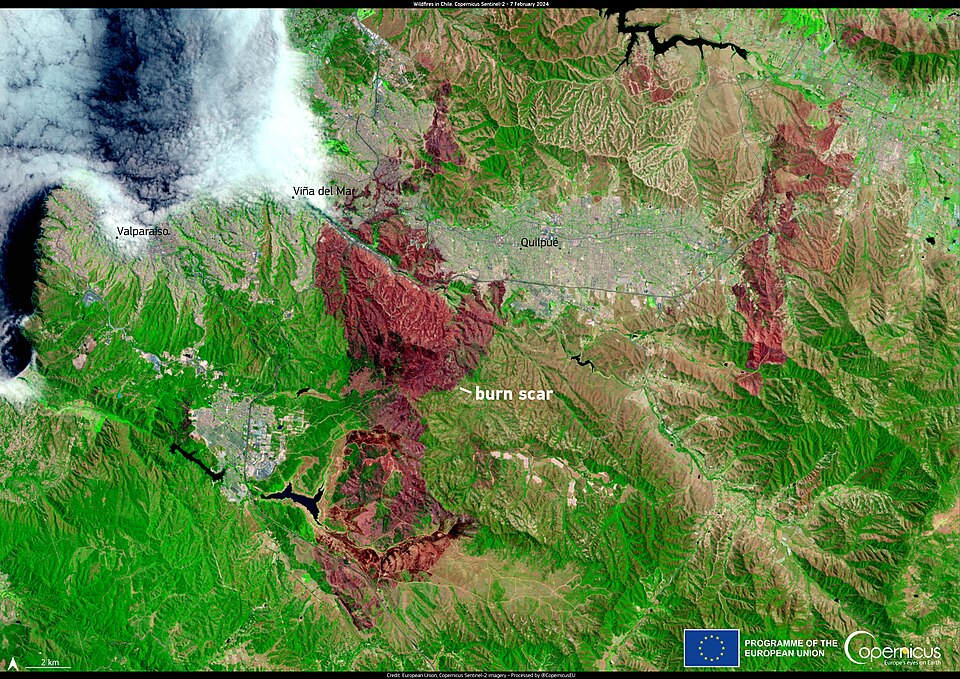Climate Catastrophes Spark New Market Reality for Insurance Industry

In a significant development for the insurance sector, raging wildfires and severe storms have led to unprecedented global insurance losses, totaling an estimated $84 billion in the first half of 2025. This alarming figure, reported by Gallagher Re, a leading reinsurance broker, marks the costliest first six months of a year since 2011, when losses reached $136 billion. The report highlights that weather- and climate-related events accounted for $81 billion of this total, setting a new record for such incidents during the January to June period.
In detail, the wildfires in Southern California during January alone were responsible for approximately $40 billion in losses, categorizing them among the most destructive in Los Angeles County's history. As tens of thousands of residents faced the choice of rebuilding or relocating, the financial impacts extended beyond immediate losses. State Farm General, California’s largest insurance provider, reported over 8,700 claims and disbursed more than $1 billion in the aftermath of the wildfires. Furthermore, citing a dire financial situation, the company has requested an emergency interim rate hike averaging 22% for homeowners, placing additional pressure on Californian residents already grappling with the threat of wildfires.
Severe storms across the United States also contributed significantly to the financial toll, with estimates indicating losses exceeding $33 billion. Notably, a series of storms between March 13 and March 16 resulted in nearly $8 billion in insured losses, marking this as the fourth costliest storm outbreak on record according to Gallagher Re. The report reveals that while the U.S. faced catastrophic losses, non-U.S. insurance losses remained below average at less than $10 billion, with the most significant event being an earthquake in Myanmar and Thailand in April, which may result in claims surpassing $1 billion once processed.
Dr. Samuel Turner, a climatologist at the National Oceanic and Atmospheric Administration (NOAA), emphasizes that these events signify a crucial shift in the insurance landscape. "The increasing frequency and intensity of climate-related disasters are reshaping risk assessment models within the insurance industry," Dr. Turner stated. This shift has led insurance companies to reevaluate their strategies, with many facing increased pressure to adjust premiums and coverage options to reflect heightened risks associated with climate change.
Furthermore, Dr. Emily Johnson, an associate professor of environmental studies at Stanford University, pointed out that the insurance industry's response to these challenges is critical for broader economic stability. "As insurers adjust to a new reality shaped by climate change, their decisions will have ripple effects across various sectors, influencing everything from housing markets to infrastructure investments," Dr. Johnson remarked.
The implications of this new market reality extend beyond immediate financial losses. As insurance companies grapple with rising claims, there is a growing concern regarding the affordability and availability of coverage in high-risk areas. David Miller, CEO of Gallagher Re, indicated that the industry must innovate to meet emerging challenges. "We are witnessing a pivotal moment where the insurance sector must adapt to the realities of climate change or risk losing its ability to effectively manage risk," said Miller.
As 2025 progresses, Gallagher Re estimates that total insurance losses could surpass $100 billion for the year, underscoring the urgent need for comprehensive policy changes and strategic planning within the insurance industry. With climate-related risks poised to escalate, stakeholders across sectors must collaborate to develop resilient frameworks that can withstand the impacts of future catastrophes.
In conclusion, the escalating costs associated with climate catastrophes signal a critical juncture for the insurance industry. As companies navigate this changing landscape, the decisions made today will shape the future of risk management in an era increasingly defined by climate volatility.
Advertisement
Tags
Advertisement





